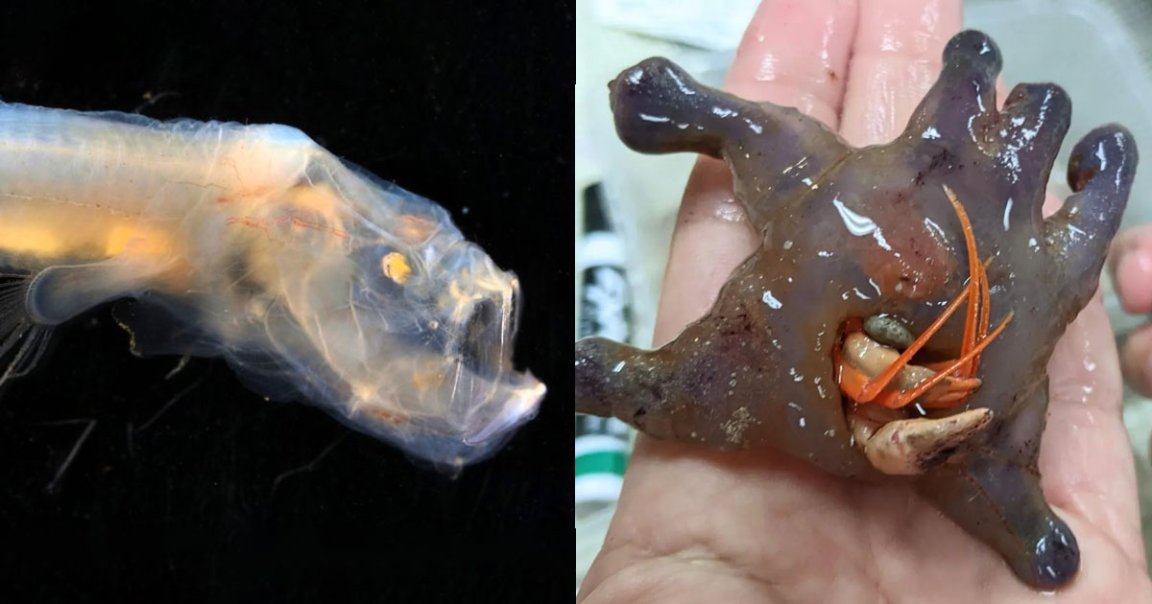
Deepwater Dumpling
Ooey-gooey translucent eels! A deepwater dumpling! A silver specimen that walks on little stilts!
A dazzling array of fabulously strange deep sea creatures were just discovered off of Australia’s Western Coast, where scientists mapped the seafloor of two new marine parks for the very first time.
“We are really excited about the prospect of discovering new species, perhaps even new branches of the tree of life,” Tim O’Hara, Museums Victoria senior curator of marine invertebrates, said in a statement about the discoveries, “which until now have remained hidden beneath the waves in this unexplored region.”
And boy, were the researchers right. After trawling the deep sea at depths ranging from nearly 197 feet to roughly 18,045 feet, the scientists returned home with a host of marine creatures — a number of which, as the researchers have estimated, will likely prove to be new to science.
Carnival of Horrors
The researchers are still sorting through the many species they recovered from the reason, though in the meantime they’ve shown off some standout discoveries — some new, some just very rare. One of the potential newbies? A terrifying, see-through critter that the researchers believe is a type of cusk eel, which is pretty much a ghostly underwater jelly monster.
“They’ve got really loose, flabby, gelatinous skin,” Museums Victoria senior collections manager Dianne Bray explained to the Australian Broadcasting Corporation, “and they’re incredibly rare.”
Spooky! Moving on. Next up: an oddly fleshy kind of batfish, which looks a bit like a piece of uncooked chicken was turned into a pierogi with a tail. Which might be scary, if it didn’t also have an adorable, Webkinz-esque face.
The researchers also came across the fantastical tripod fish, which walks on stilt-like fins on the ocean floor, as well as the amazingly-named “bony-eared assfish,” another rare type of deep-sea cusk eel. Perfect animal, no notes.
“The research outcomes from this voyage will be invaluable to our understanding of Australia’s deep-sea environments,” Museums Victoria’s CEO said in the statement, “and the impact humans are having on them.”
More on Western Australian ocean creatures: Scientists Discover Horrifying Crab That’s Covered in “Hair”